Go to United Kingdom birding tours | Norfolk Birding day tours | European trip reports | All our birding tours
DOWNLOAD TRIP REPORT
04 JULY 2021
By Chris Lotz
Overview
This was an awesome 1-day Norfolk birding day tour for Tamrynne and Ryan who were visiting Norfolk from London for the weekend and wanted a day of guided birding. We spent most of the day at Hickling Broad Nature Reserve, then we headed to Strumpshaw Fen Reserve only 20 minutes’ drive from Norwich, for the last couple of hours of the day. Some highlights of the day were beautiful Common Reed Buntings along with more elusive species such as Eurasian Treecreeper, Common Kingfisher, Eurasian Spoonbills, Bearded Reedlings that actually perched near us and gave decent views, although unfortunately only the duller females! We also thoroughly enjoyed all the water-associated birds at Brendan’s Marsh, including a pair of Black-winged Stilts that have set up shop here at Hickling Broad, quite a delight as they are rare in Britain (e-bird also marks them as a sensitive species, being rare breeders here).
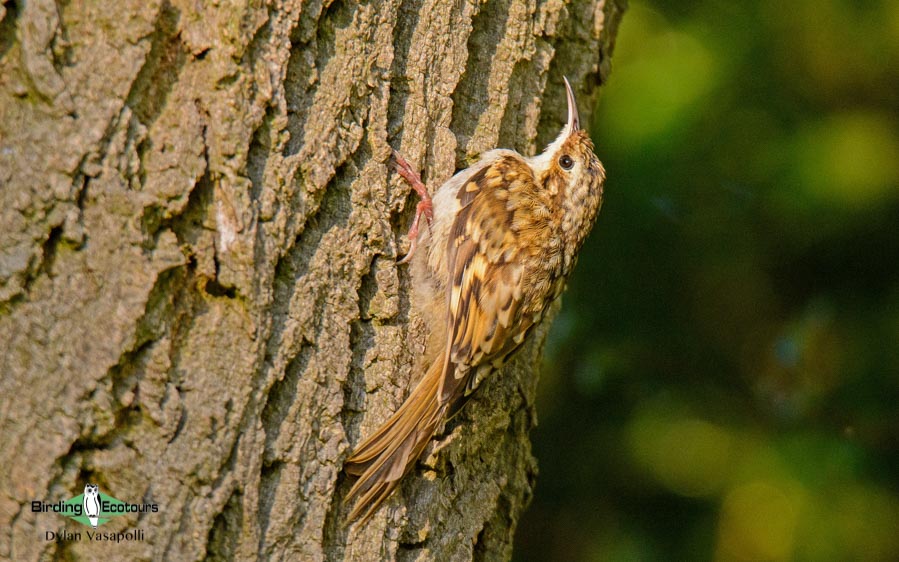
The non-bird highlight of the day must surely have been a close-up roosting Swallowtail Butterfly, the largest indigenous butterfly species in the UK and with the British subspecies being confined to the fens of the Norfolk broads – see here for more information about this species.
The weather turned out far better than predicted – Chris’ usual luck!
Detailed Report
I met Ryan and Tamrynne at the Hickling Broad Nature Reserve Visitor Centre at 8 am and we stood around for a while acquainting ourselves with some great woodland birds, enjoying hearing their songs and getting nice visuals – and Tamrynne getting some decent photos. Common Chiffchaffs with their incessant, monotonous songs and their look-alike close cousins, Willow Warblers with their sweet, descending songs (that are very different from those of Chiffchaffs) entertained us quite a bit. Eurasian Blackcaps were also very much in evidence, singing like anything everywhere but only occasionally actually showing their faces. We also saw some Common Chaffinches and European Goldfinches.
Next, as we started to walk along the excellent trail through the extensive reedbeds of this reserve’s fen, we started getting to grips with the differences between two LBJs (Little Brown Jobs) with quite similar songs, that tend to skulk in the reeds, Eurasian Reed Warblers and Sedge Warblers. We saw both species well, with some patience.
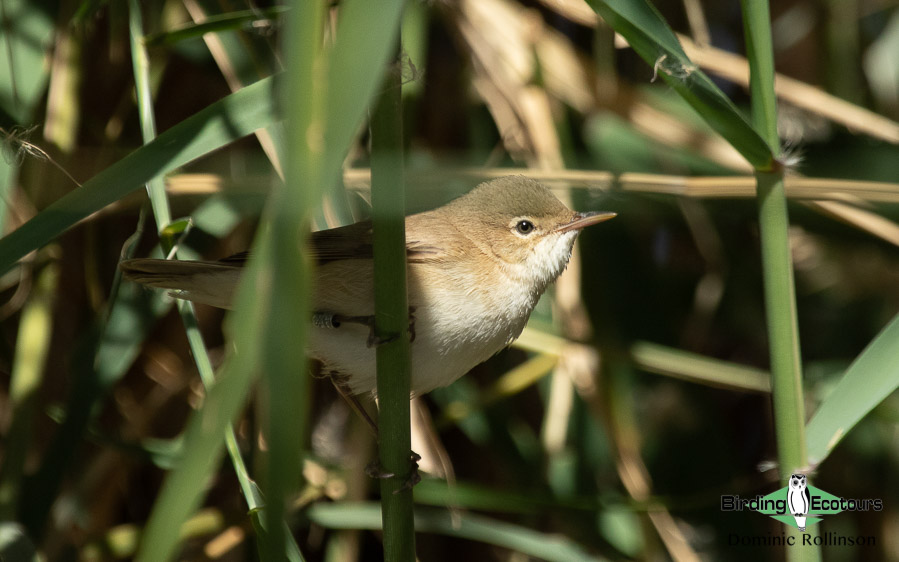
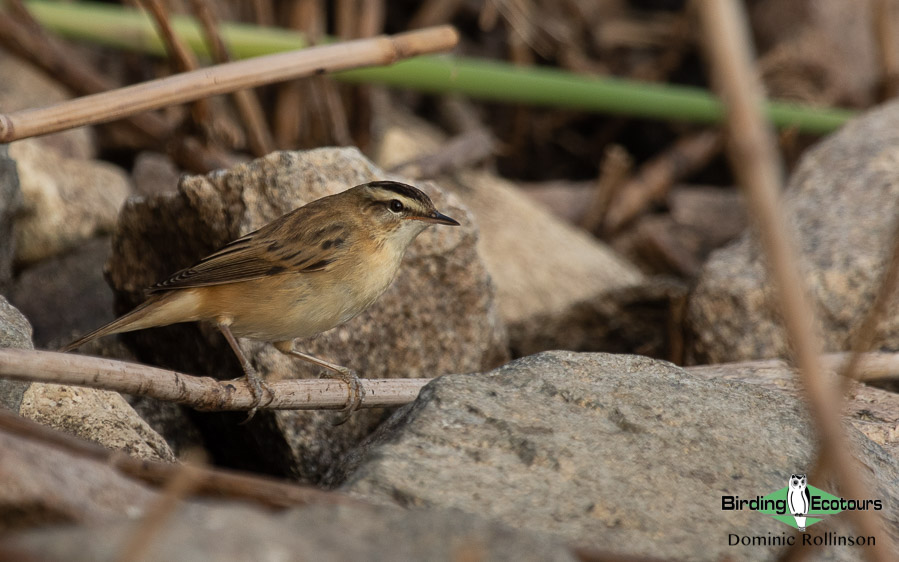
We then found a beautiful singing male Common Reed Bunting. We continued walking the well-maintained trail through the fen until we eventually reached Hickling Broad itself. At this point (where we met the broad), we heard the very loud song of Cetti’s Warbler but were not able to lay eyes on this skulker (typical!).
We then started walking along the trail that leads one along the broad. This area near the broad is a classic place for Swallowtail Butterflies and Ryan found one pretty quickly, roosting in some vegetation and we were treated to a superb view of Britain’s biggest butterfly. We also saw more Mute Swans than any of us had ever laid eyes on all at once, along with many Common Terns, out on the broad. We started enjoying our first Western Marsh Harriers as we continued our walk along, with great views across the open water of the broad to our right and the extensive reedbeds of the fen to our left. Along this walk, we found the Hooded Crow/Carrion Crow hybrid that lurks around the reserve, it was with its Carrion Crow mate.
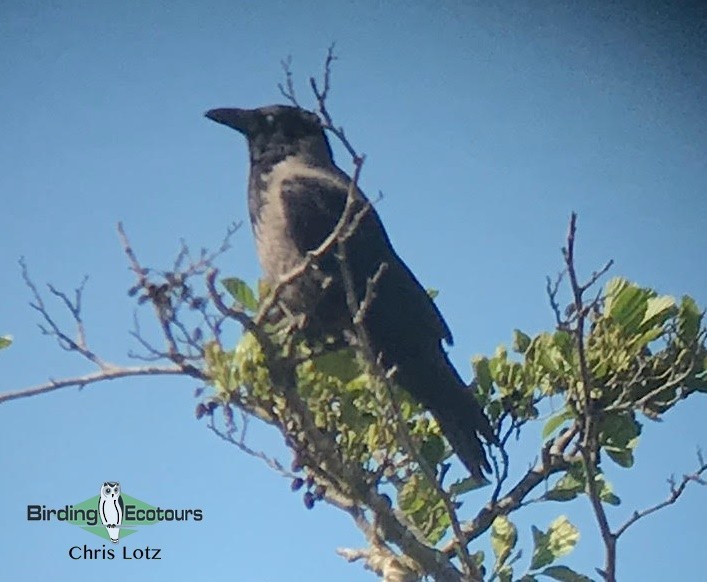
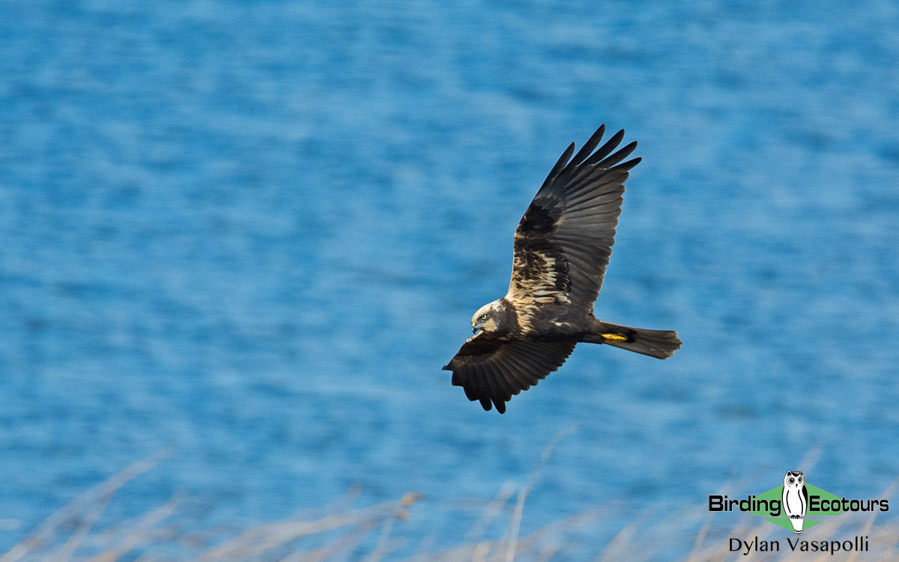
Eventually we reached (and took) the main trail back towards the Visitor Center past the Bittern Hide (which we stopped by briefly but sadly we didn’t see any bitterns, which are legendary reed skulkers; I did briefly hear a couple of them booming during our walk though). Further along this main trail, we heard the sharp “pinging” of Bearded Reedlings and after some patient waiting, we saw a female or two close-up a couple of times; it’s tough to get good views of this beautifully-marked denizen of the reedbeds. From this same area, we also scoped nine Eurasian Spoonbills roosting in dead trees in the distance (we were also lucky enough to get closer views of an actively feeding spoonbill near Stubb Mill later on).
We arguably saved the best for last as we eventually arrived at the raised viewing area over Brendan’s Marsh which was full of great birds. These included Pied Avocet, Black-winged Stilt, Little Ringed Plover, breeding plumage Ruff, Northern Lapwing with their iridescent plumage and long crests, Common Redshank, Grey Heron, various ducks such as Eurasian Teal, Common Shelduck and the ubiquitous Mallard, along with many other species. A Common Crane put in a brief appearance but then walked into the long vegetation and out of view and sadly we did not manage to see it again later even after taking another walk to get different angles after our pleasant picnic lunch back at the Visitor Centre.
The walk we did after lunch was along the Stubb Mill track and we used the new viewing platform that was built only a week or two prior to this day trip to help birders see over the bank to get better views of the pair of Black-winged Stilts that have now become celebrities here at Hickling. Over Stubb Mill itself we saw a hovering Common Kestrel but had to wait until driving out of Hickling Broad Nature Reserve towards our next site for the day, to get close views of this attractive little raptor. We also heard and saw a couple of very territorial Common Whitethroats at the start of the Stubb Mill track.
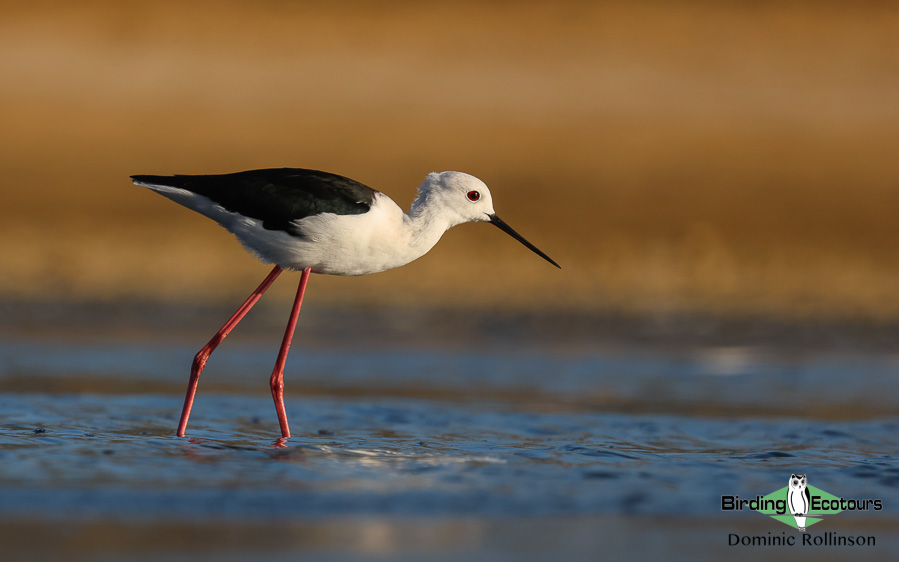
The complete bird list for our 2.63 mile walk around the reserve prior to lunch (this excludes the Stubb Mill walk after our picnic) can be viewed here.
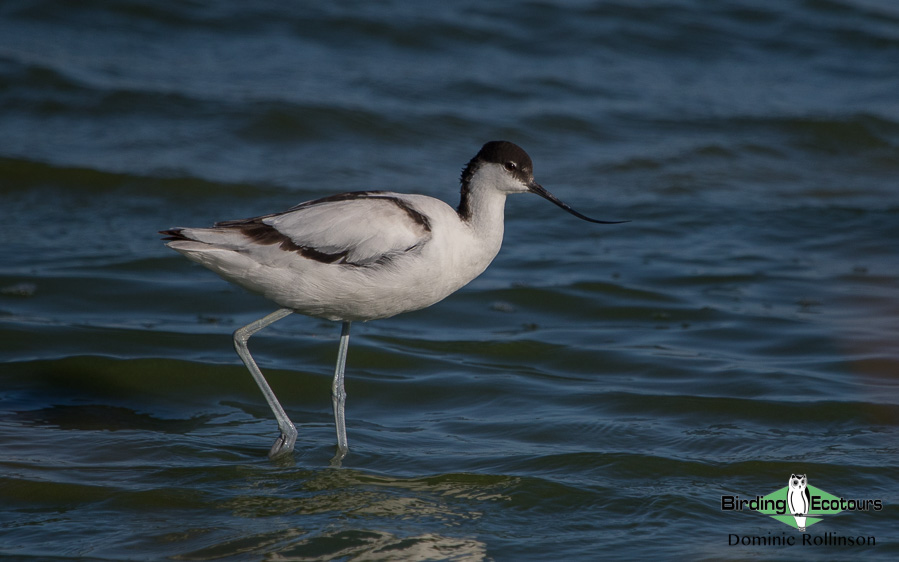
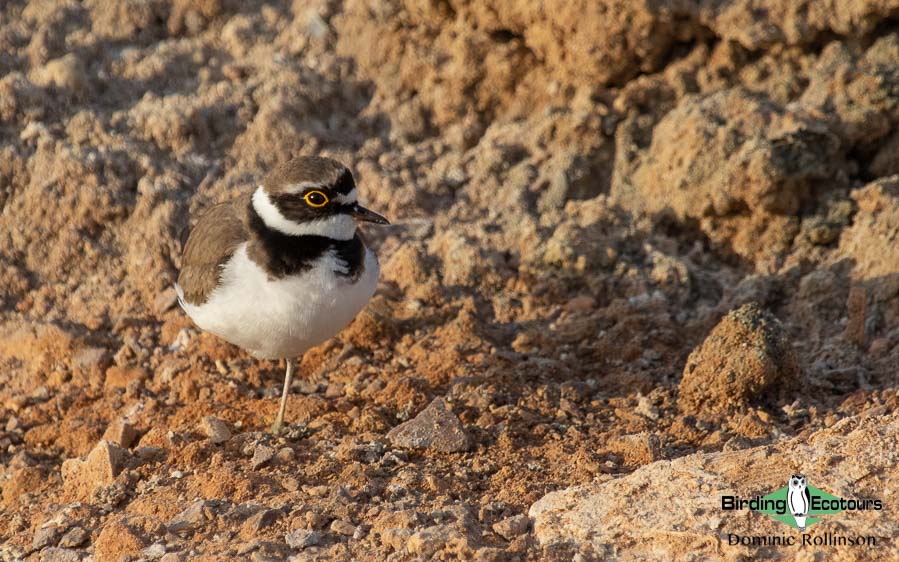
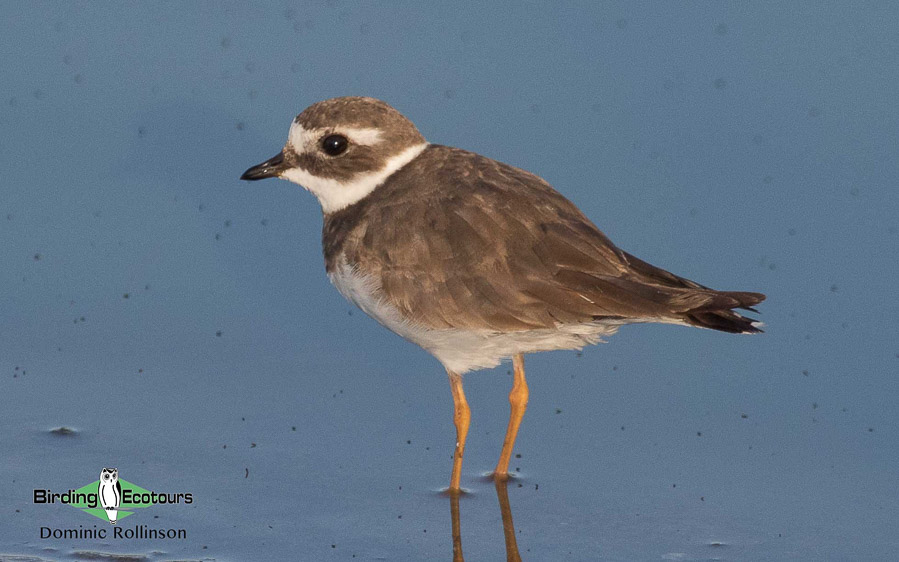
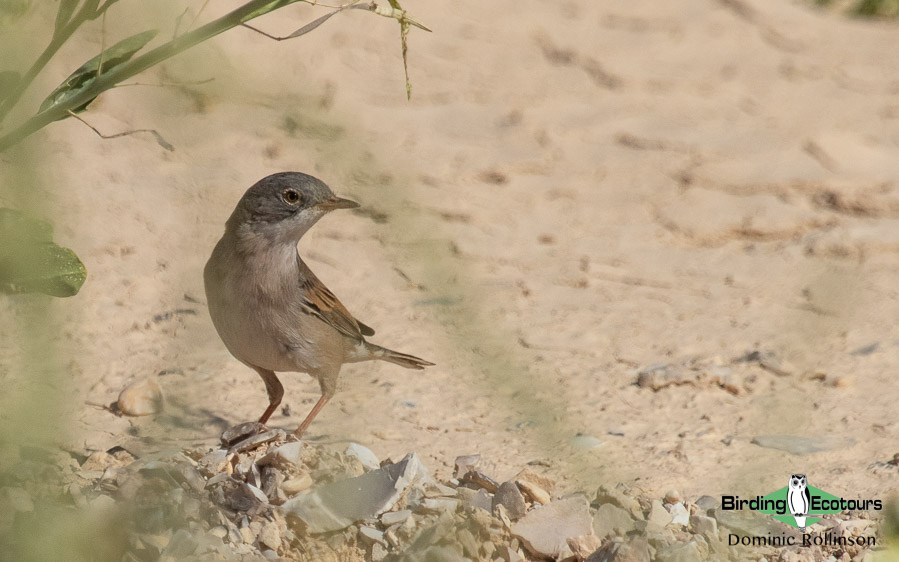
We then drove the half hour to RSPB Strumpshaw Fen Reserve, arriving there just before 3 pm giving us almost two hours during which time we did a beautiful walk to the Tower Hide and back, adding some brilliant species to our list. The full list for our 2.63 miles of walking at this extremely pleasant reserve, is shown here. At the end of the woodland section of our walk, we were lucky enough to be able to scope a fabulous little Eurasian Treecreeper, not always the easiest bird to see well (or at all!). As Tamrynne mentioned, it was great to hear its subtle little song much later towards the end of our walk; usually it’s the other way around and one hears birds before seeing them, especially such inconspicuous species, and it was refreshing to reverse this today.
Walking through the more open fen habitat, we saw a small flock of Stock Doves and I eventually managed to scope one in a dead tree. Common Swifts also winged their ways rapidly over the reeds.
Soon after reaching the beautiful River Yare with its nicely wooded banks, along which we walked towards the Tower Hide, we saw another of today’s major highlights, the jewel-like Common Kingfisher.
A Mew Gull (Common Gull) was next on the agenda, quite a surprise as this species is actually by no means common despite the name, and gave us a welcome “break” from the ubiquitous (but beautiful in their summer breeding plumage) Black-headed Gull of which we saw hundreds of today.
All in all this was a great day, with wonderful birds, great company and better weather than had been forecast.
Please see the downloadable PDF above with the full species lists included.